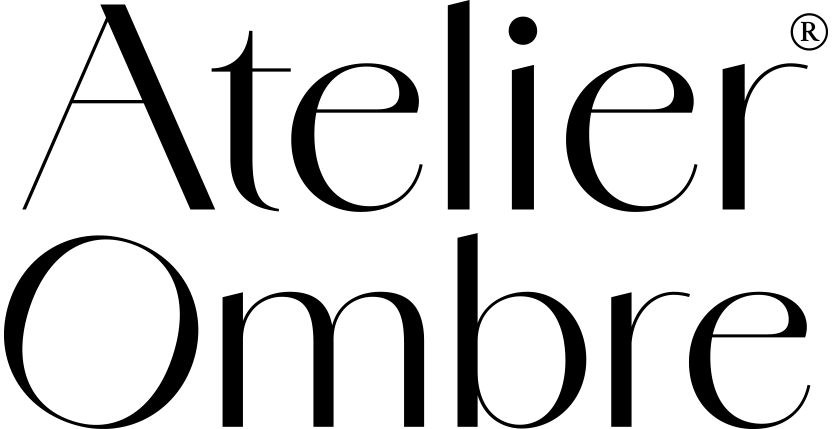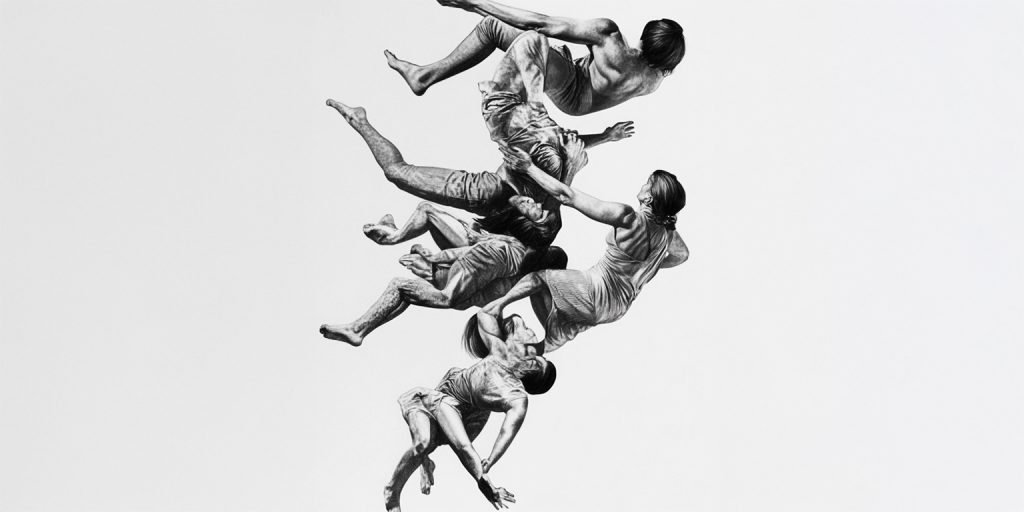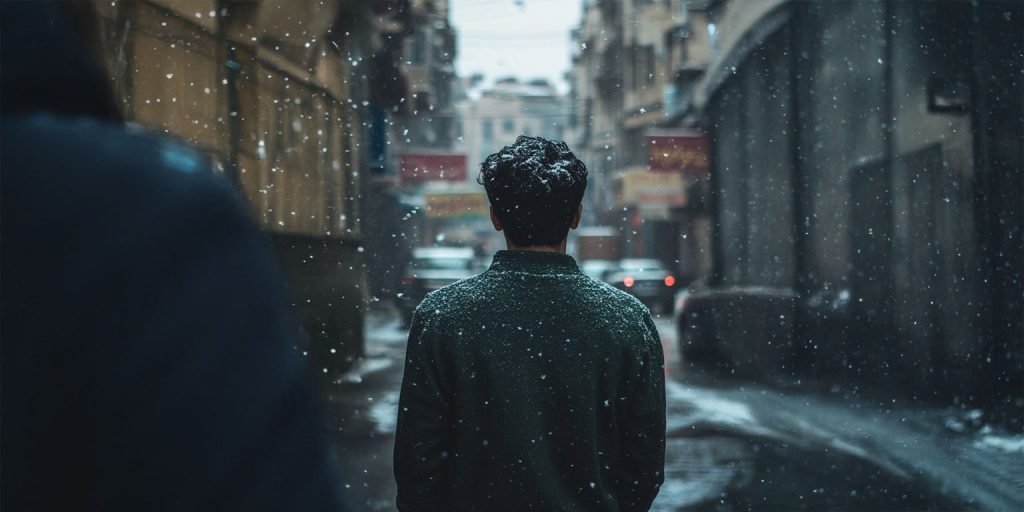Between Chaos and Renaissance, a New Aesthetic of the World
In 2025, art seems more than ever to oscillate between reacting to contemporary chaos and seeking a new form of beauty. Faced with political, economic, and ecological crises, artists are reinventing forms, deconstructing narratives, and exploring hybrid aesthetics where intellect meets emotion, where the tangible merges with the digital.
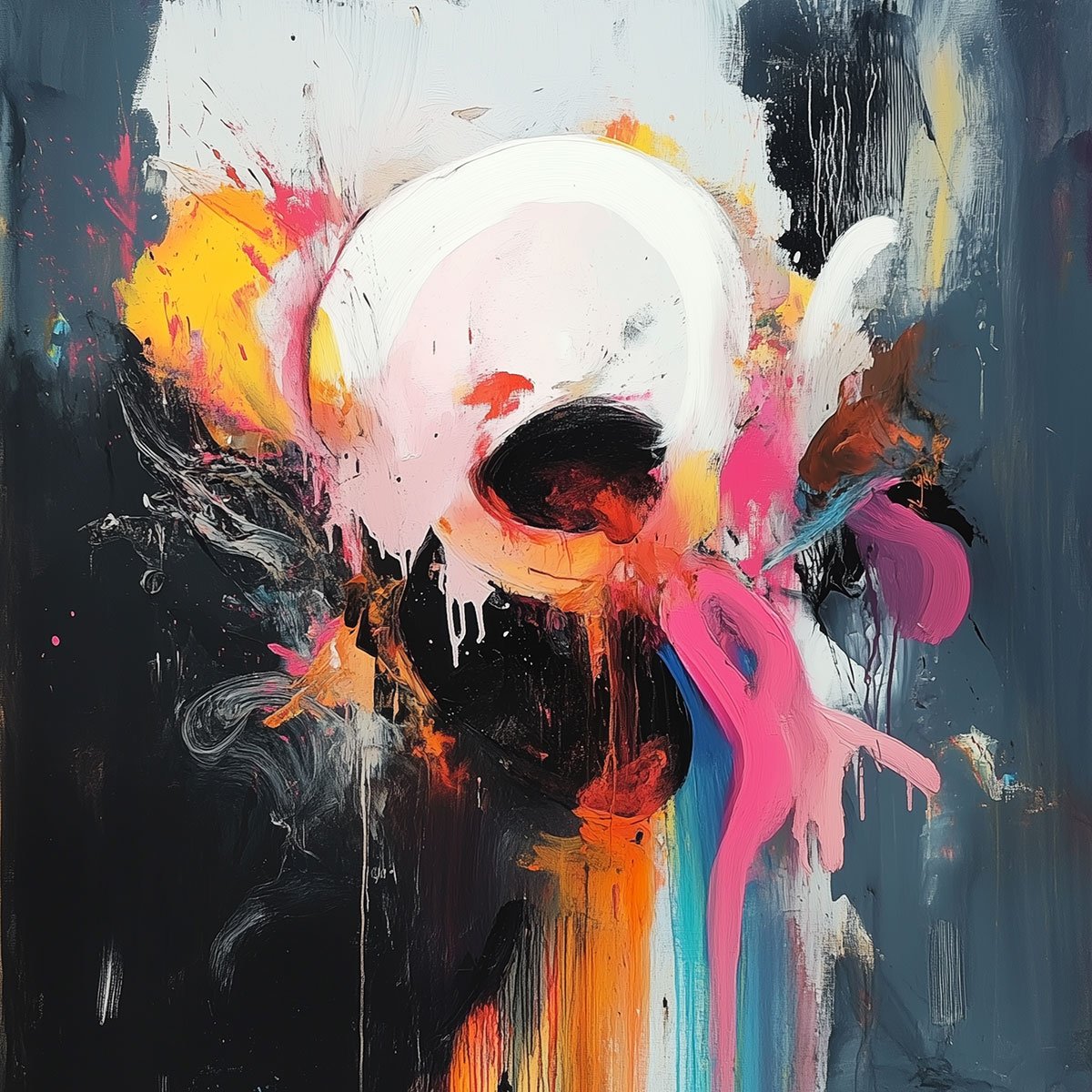
A World in Fragmentation
The major trends in art in 2025 reveal a desire to fracture reality and extract fragmented visions from it.
Hyperfragmented Visuals
Many artists draw inspiration from information overload and the breakdown of visual references to create works where the gaze can no longer fixate on a single center. Digital collages, glitch art, overlays of textures and media translate this tension between harmony and chaos.
The Expression of Social Unease
With rising inequalities and global political instability, art in 2025 becomes raw, visceral, and engaged. Similar to early 20th-century expressionism, contemporary artists express identity crisis, internal turmoil, and symbolic violence through distorted portraits, fragmented sculptures, and immersive oppressive installations.
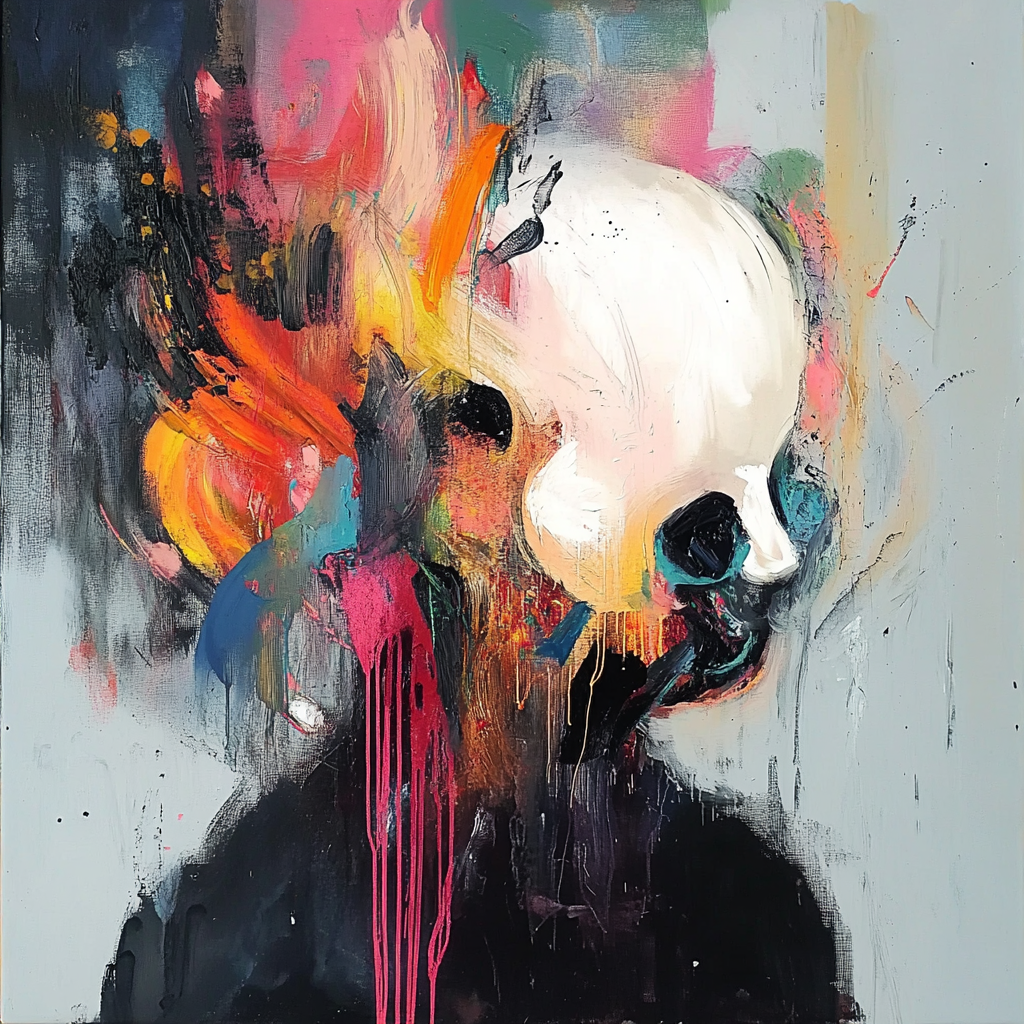
Toward a Synthetic Aesthetic
While AI was initially seen as a tool or a threat to artistic creation, in 2025 it becomes a true aesthetic agent, generating new forms and raising fundamental questions about the very concept of originality.
Evolving and Self-Generating Works
Some artists create works that continuously evolve, thanks to algorithms that reinterpret the initial forms based on external data (weather, economic flows, global conflicts). These works escape any fixed temporality, making the notion of a “finished artwork” obsolete.
Post-Human Art: Who Creates? Who Signs?
AI-generated art raises a major question: is the artist still human? In 2025, several exhibitions showcase paintings, sculptures, and musical compositions created by machines, sparking debates about creativity, subjectivity, and intentionality in art.
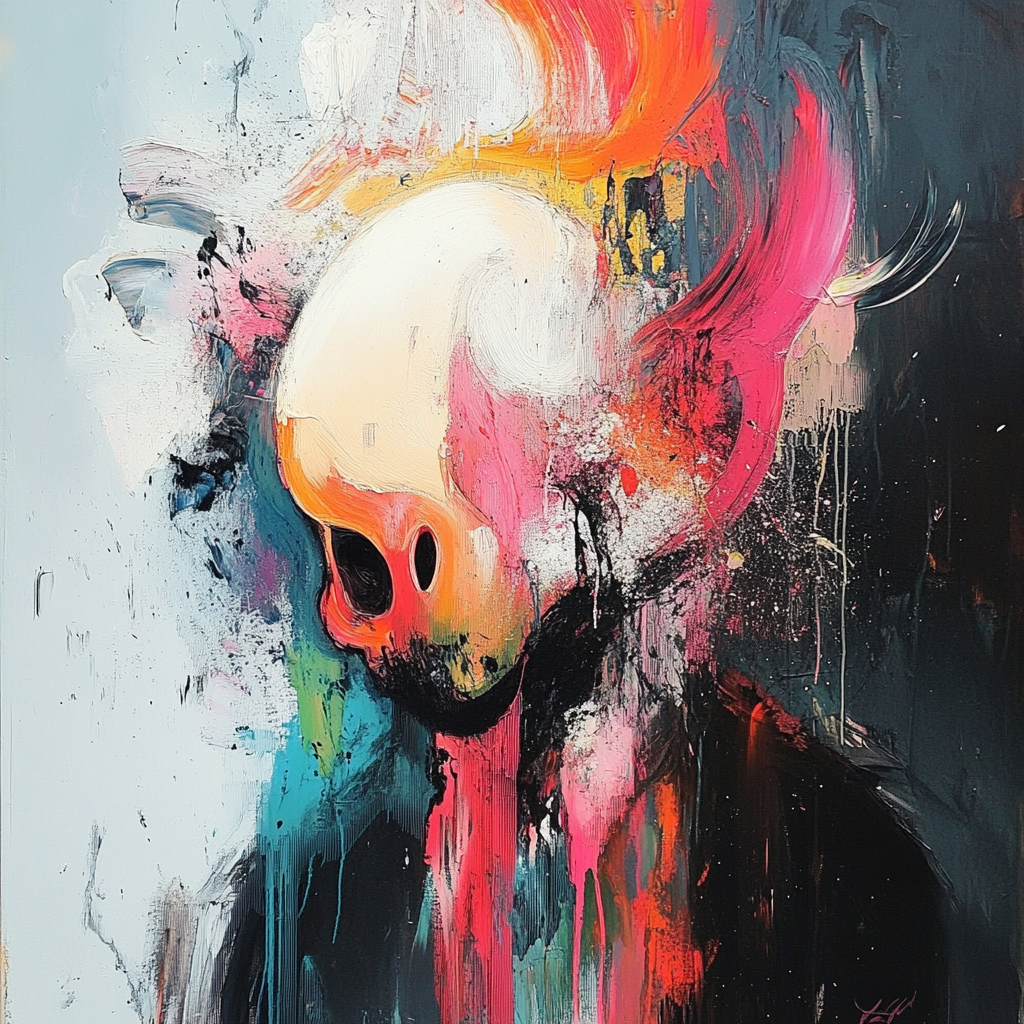
Utopia as an Act of Resistance
In a world under tension, utopia is making a comeback as a strong artistic posture. Rather than merely denouncing issues, some artists seek to propose sensitive and intellectual alternatives, reconnecting with a form of spirituality and harmony.
The Return of Natural Sublime
In response to the climate crisis, a new generation of artists reconnects humanity with the environment through immersive installations that imitate or extend natural forces. Painters abandon classical figuration to explore dreamlike and abstract landscapes, where colors and forms evoke elements in motion.
Art as a Space for Meditation
Amidst the world’s turmoil, some exhibitions and performances draw inspiration from spiritual and philosophical traditions to create contemplative spaces, where art becomes a physical and mental experience, a refuge from the acceleration of time and information.
Art as a Space for Tension and Exploration
The year 2025 marks a recomposition of artistic languages, where chaos and order, destruction and rebirth, humans and machines coexist in a fertile dialectic.
Art is no longer just a mirror of the world: it becomes an interface between thought and emotion, between memory and the future, between humanity and its new technological extensions.
In an era of doubt and transformation, art remains a space of questioning where the visible and the invisible meet.
